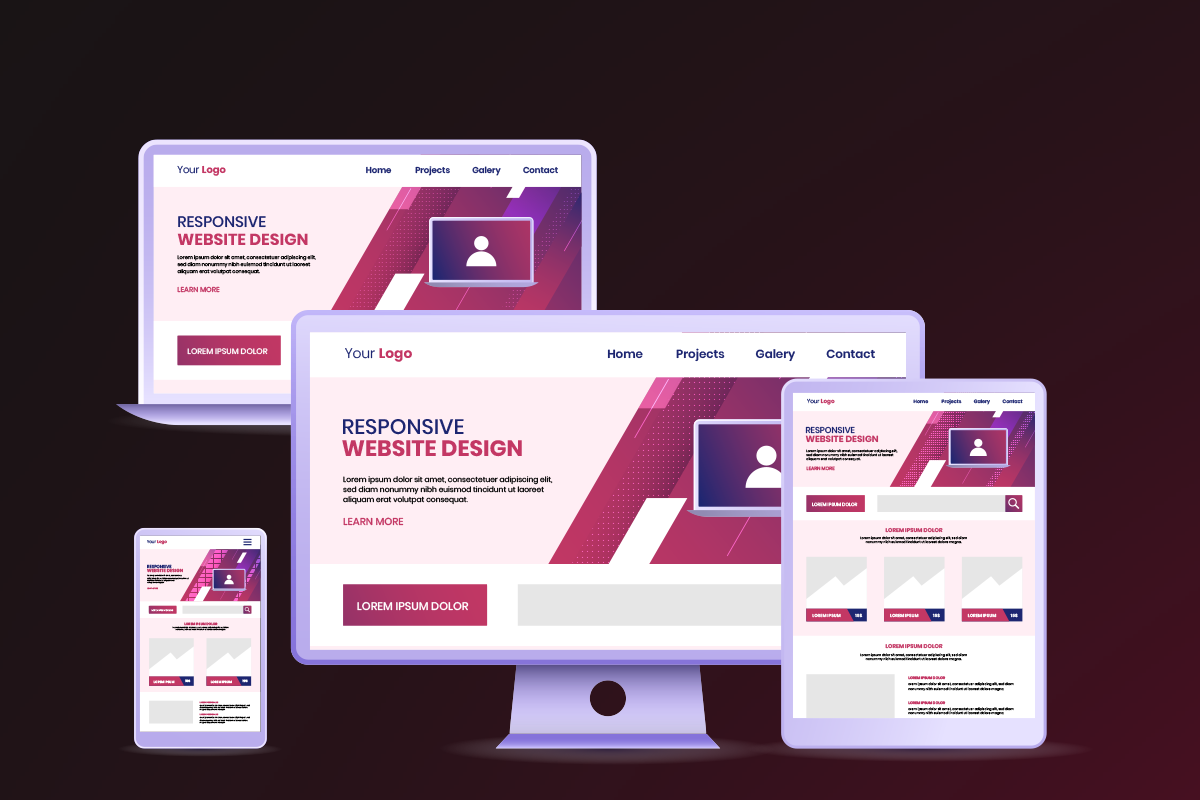

Why Dark Mode is Important in Modern Web Applications
By Antony Varghese
-
Tech
-
April 4, 2025
Dark mode has become an increasingly popular feature in modern web applications, and for good reason. Here are some of the key reasons why dark mode is considered important:
1. Reduced Eye Strain
-
Less Brightness: Dark mode reduces the amount of light emitted by screens, which helps reduce eye strain, especially in low-light environments. Bright white backgrounds can be harsh, particularly when used for prolonged periods.
-
Comfortable for Nighttime Use: Users who use web applications in low-light or dark environments find dark mode more comfortable, as it reduces the glare and makes it easier to focus on content.
2. Battery Savings
-
OLED and AMOLED Screens: On devices with OLED or AMOLED screens, dark mode can help save battery life. These screens light up individual pixels, and black or dark pixels require less energy to display compared to bright ones.
-
Energy Efficiency: This is particularly useful for mobile users, where battery life is always a concern.
3. Aesthetics and Personalization
-
User Preference: Many users prefer the sleek, modern look of dark mode. It gives a more contemporary feel to web applications and allows for a customizable user experience. Offering a dark mode option can enhance user satisfaction and engagement.
-
Consistency Across Apps: With many popular applications and operating systems (like macOS, Windows, and Android) now offering dark mode, users expect this feature to be available across all platforms for a seamless experience.
4. Focus on Content
-
Enhanced Focus: Dark mode can help shift the focus toward content. The lower contrast between the background and text can make reading and viewing images or videos less distracting, allowing users to focus better on the material.
-
Reduced Blue Light: While dark mode doesn’t eliminate blue light exposure, it does reduce it, which may improve focus and comfort over long periods of use.
5. Improved Sleep
-
Less Disruption to Circadian Rhythm: Exposure to bright screens, especially in the evening, can disrupt the production of melatonin (a hormone responsible for regulating sleep). Dark mode helps mitigate this issue by providing a more restful and less disruptive display, particularly during nighttime usage.
6. Accessibility
-
Visual Impairments: For users with certain visual impairments or light sensitivity, dark mode can make the interface more readable and reduce discomfort caused by bright backgrounds.
-
Improved Contrast: In some cases, dark mode can provide better contrast for users who struggle with reading text on a bright background, particularly those with conditions like photophobia.
7. Modern Trend and User Expectation
-
Current Design Trends: Dark mode has become a standard part of UI/UX design. As it is now seen in many leading applications (like Twitter, YouTube, and Instagram), users increasingly expect this feature to be available in any modern web or mobile app.
-
Competitive Edge: Offering dark mode can set a web application apart from competitors, especially as users are becoming more selective about the apps they use based on user-friendly features like dark mode.
In summary, dark mode offers a range of benefits including better usability, battery savings, aesthetic appeal, and overall user satisfaction, making it a crucial feature for modern web applications.
